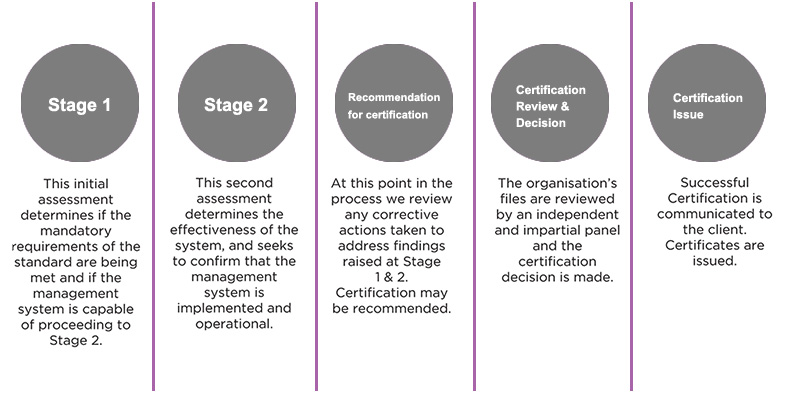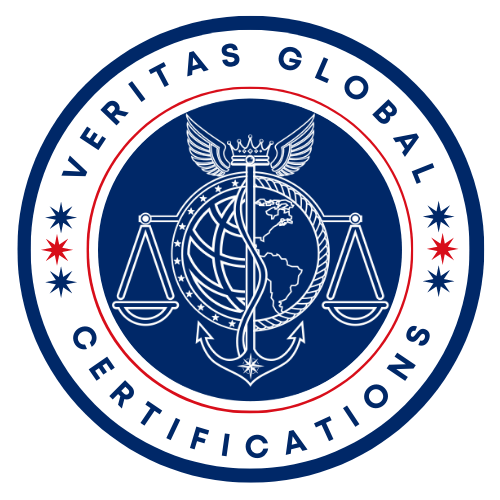- +33 877 554 332
- info@veritasglobalcertification.com
ISO 45001:2015
Occupational Health and Safety Assessment Series
ISO 45001 Certification
ISO 45001 is an International Standard that specifies requirements for an occupational health and safety (OH&S) management system, with guidance for its use, to enable an organization to proactively improve its OH&S performance in preventing injury and ill-health. ISO 45001 is intended to be applicable to any organization regardless of its size, type and nature. ISO 45001 enables an organization, through its OH&S management system, to integrate other aspects of health and safety, such as worker wellness/wellbeing; however, it should be noted that an organization can be required by applicable legal requirements to also address such issues.
Why ISO 45001 Important For Business?
OHSMS ISO 45001 is an essential management system for your business, along with quality, environment and other management systems. It will help your company reduce direct and indirect costs while preventing injuries in the workplace. By conforming to OHSMS ISO 45001 , your company safeguards its stakeholders – employees, suppliers and customers – from risk. Third-party certification will credibly demonstrate your organization’s implementation of a comprehensive system for ensuring health and safety in the workplace.
Benefits of ISO 45001
• Developing and implementing an OH&S policy and OH&S objectives
• Establishing systematic processes which consider its “context” and which take into account its risks and opportunities, and its legal and other requirements
• Determining the hazards and OH&S risks associated with its activities; seeking to eliminate them, or putting in controls to minimize their potential effects
• Establishing operational controls to manage its OH&S risks and its legal and other requirements
• increasing awareness of its OH&S risks
• Evaluating its OH&S performance and seeking to improve it, through taking appropriate actions
• Ensuring workers take an active role in OH&S matters
In combination, these measures will ensure that an organisation’s reputation as a safe place to work will be promoted, and can have more direct benefits, such as:
• Improving its ability to respond to regulatory compliance issues
• Reducing the overall costs of incidents
• Reducing downtime and the costs of disruption to operations
• Reducing the cost of insurance premiums
• Reducing absenteeism and employee turnover rates
• Recognition for having achieved an international benchmark (which may in turn influence customers who are concerned about their social responsibilities)
Certification Journey


